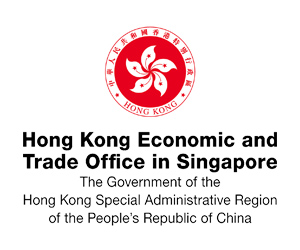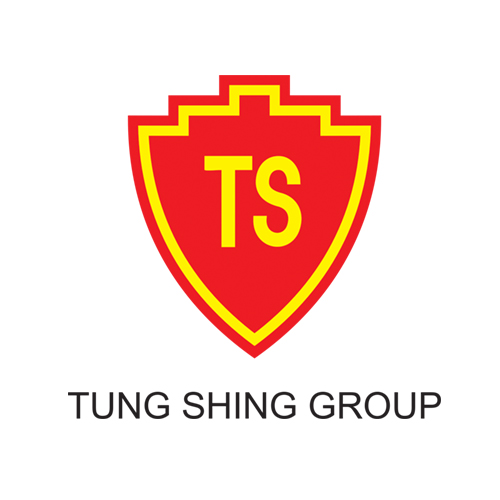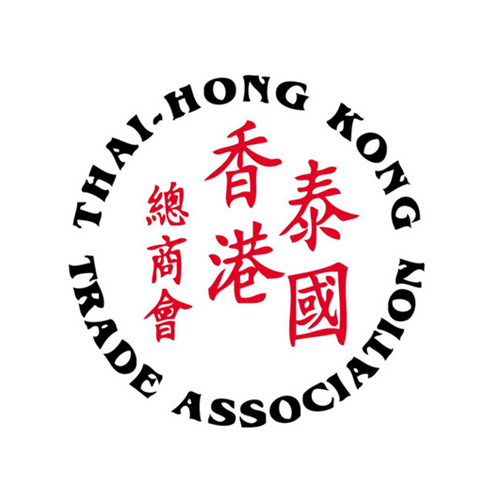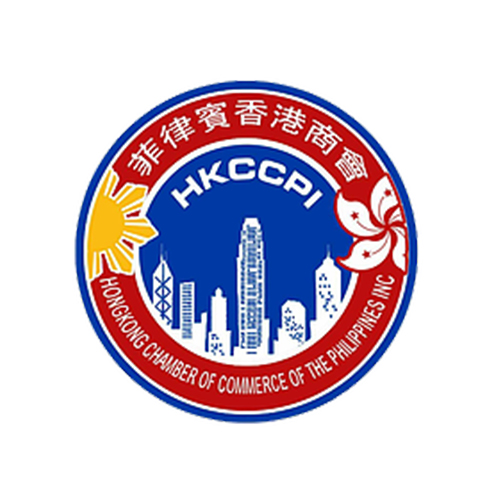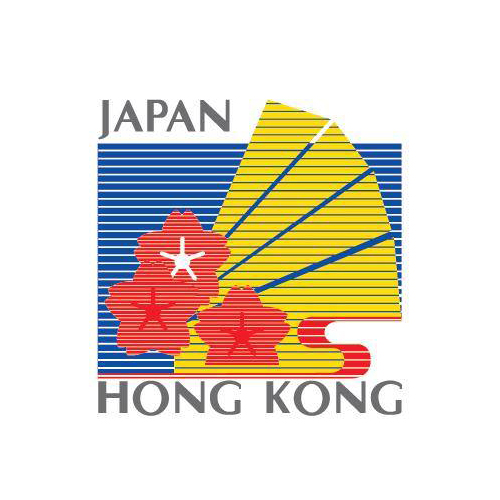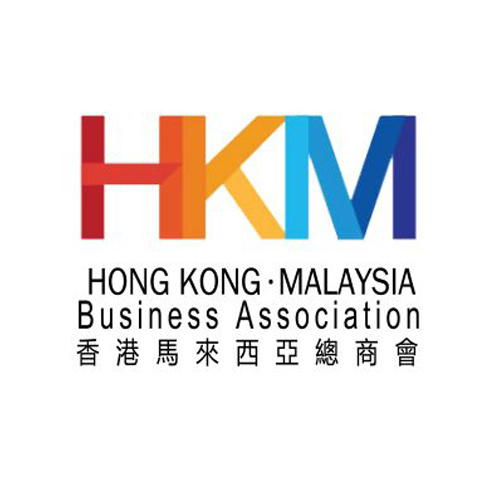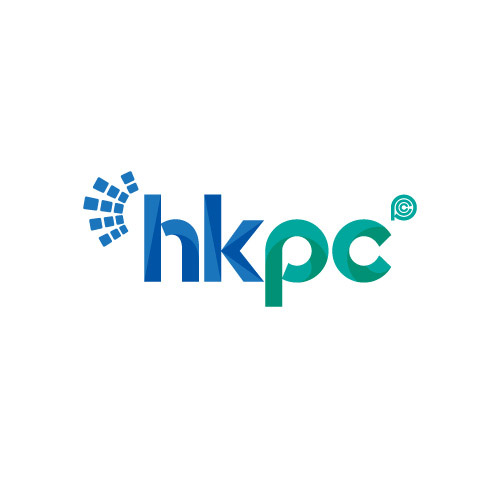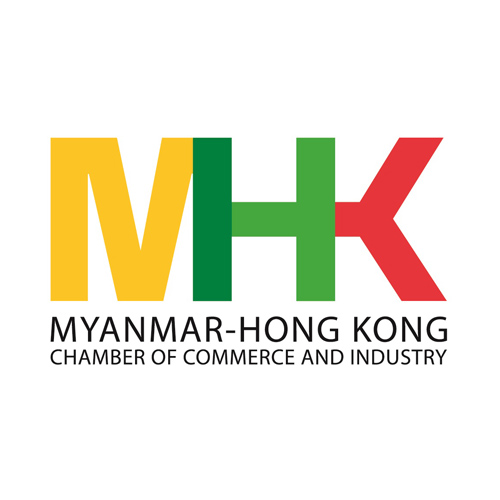Want to be in the loop?
subscribe to
our notification
Business News
BUILDING A GLOBAL GATEWAY FOR FOREIGN TRADE IN MEKONG DELTA
Prime minister Nguyen Xuan Phuc has asked the Ministry of Transport (MoT) to complete the revised planning of the Soc Trang seaport system and Tran De Port, so that they can be assessed together with the Master Plan on the National Seaport System for the 2021-2030 period, with vision towards 2050. Once approved, the new scheme aims to boost investment into the Soc Trang seaport system and Tran De Port to drive the Mekong Delta’s socio-economic development.
The volume of cargo calling on the Mekong Delta’s seaports rose fairly sharply in previous years. While in 2013, only 7.6 million tonnes of cargo called on the region’s seaports, the figure climbed to around 19.3 million tonnes in 2017. This represents an average growth rate of 26.2 per cent per year during the period, significantly higher than the country’s average growth of 12.1 per cent. Notably, container cargo grew by a tremendous 41.7 per cent during the period.
Export items in the delta region are mainly seafood, rice, processed food, fruit and vegetables, textiles and garments, footwear, and fine handicrafts, with seafood and rice being the two staples.
Annually, the delta contributes about 90 per cent of the country’s rice, 70 per cent of fruit, and 65 per cent of seafood exports. However, only about 20-30 per cent of the export volume goes through seaports in the region. The remaining 70-80 per cent is transited through the ports of Ho Chi Minh City and the south-eastern region before heading to foreign markets – believed to be a waste of time and expenses and adding significant pressure to the region’s limited road transport network.
The current seaport system in the delta has yet to meet ever-increasing import-export demand of localities in the region as most ports are located deep in the mainland, which means the channels leading to the ports are often silted up, making them difficult for large vessels to access.
To propel the delta’s socio-economic development, experts say it is essential to have in place a port capable of handling the import-export activities of the region, helping to save 30-50 per cent of transportation costs by cutting out the need to transport goods to southern ports. This will help remove the bottleneck in cargo transport in the region while pushing up the development of associated industries.
The smart option
With a 72-kilometre coastline that accommodates three estuaries, of which Dinh An and Tran De are two important gateways to the East Sea, Soc Trang has enormous potential for local seaport system and shipping development.
Through a survey conducted over multiple years, leading maritime experts at home and abroad came to the conclusion that the deep-water port that would act as a major venue for the region’s import-export should be positioned in Tran De Estuary in Soc Trang. Experts highlighted the location as a convergence of favourable conditions in climate, channel conditions, geography, as well as factors to promote international trade. Furthermore, settled in the heart of downstream Hau River, a deepwater port would provide the most convenient and shortest access to localities in the delta region.
This location would also make it easy to connect with other ports and logistics centres, as well as the regional road and waterway networks such as National Highway No.60 linking to the nearby provinces of Tien Giang, Ben Tre, Tra Vinh, and Soc Trang, or the Quan Lo-Phung Hiep route linking to the provinces of Hau Giang, Soc Trang, Bac Lieu, and Ca Mau.
As for waterway transport, its extensive river and canal system makes it easy for Soc Trang to spur trade exchange with localities in the region and even neighbouring Cambodia.
Legal groundwork
In light of the prime minister’s Decision No.423/QD-TTg issued in 2012 that approves Soc Trang’s socio-economic development planning towards 2020, the province was allowed to study the possibility to turn Tran De Port into a major port to promote export-import in the delta region. In 2017, in a meeting with Soc Trang leaders, the prime minister agreed to add Tran De Seaport to Vietnam’s seaport development planning, and in July the same year, the premier agreed to add the port to Vietnam’s revised seaport system planning until 2020, with vision towards 2030.
Based on the business community’s requirements, Soc Trang People’s Committee has proposed revising the development planning of the Soc Trang Port and Tran De Seaport project in the national seaport system to build a special-category seaport to act as an international gateway port with the main wharf situated offshore Tran De Estuary, capable of receiving ships from 50,000 to 100,000 deadweight tonnage and beyond, directly serving import-export activities in the region.
Based on proposals from Soc Trang People’s Committee and the MoT, as well as relevant ministries, last May Deputy Prime Minister Trinh Dinh Dung assigned the MoT in tandem with the Ministry of Planning and Investment, Soc Trang People’s Committee, and relevant agencies to draft and evaluate the revised development planning of the Soc Trang seaport system and Tran De Port for submission to the prime minister.
Most recently, on October 28, the premier issued Dispatch No.1432/TTg requiring the MoT to complete the revised planning so that it can be evaluated together with Vietnam’s Master Plan on the National Seaport System for the 2021-2030 period, with vision towards 2050, for submission to the government.
The MoT is now in full tilt to complete the planning. Once approved, the revised planning will lay the groundwork to draw up detailed construction planning, and call for investment into turning the Soc Trang seaport system and Tran De Port into a major import-export port for the delta region.
Last year, many domestic and international investors have expressed keen interest in building a deepwater seaport in the Tran De Estuary area. Soc Trang is welcoming investors and commits to providing the best conditions to businesses from assorted economic sectors looking to participate in the construction of Tran De Port, turning the area into a dynamic and modern industrial, maritime, and urban centre, spurring on the development of Soc Trang and the whole delta region.
Source: VIR
Related News

GOLDEN DEAL, KNOCK-DOWN OFFER
Are you ready for a fun-filled family vacation. Don't miss the super attractive Family Staycation package at Becamex Hotel. 2 days 1 night package with full amenities and free activities: Buffet breakfast, Swimming, tennis, bicycle, gym, sauna, cool ice cream, 300.000 VND service voucher and many other offers! Contact now for detailed advice.

"BEARY CHRISTMAS" CHARITY PROGRAM
As the Festive Season approaches, Caravelle Saigon, in collaboration with VinaCapital Foundation (VCF), is bringing a heartwarming charitable initiative to life — and we are delighted to invite all HKBAV members to take part in the very first “Beary Christmas” Charity Program. By adopting a Caravelle Bear for VND 299,000 nett, you will be directly supporting children battling cancer in Vietnam through VCF’s Can-Care/Can-Clover Program.

SOILBUILD INTERNATIONAL WINS “BEST INDUSTRIAL DEVELOPMENT” AWARD FOR SPECTRUM NGHE AN AT THE PROPERTYGURU VIETNAM PROPERTY AWARDS 2025
Soilbuild International is pleased to announce that its project, Spectrum Nghe An, has been awarded Best Industrial Development at the PropertyGuru Vietnam Property Awards 2025, held on 24th of October 2025, in Ho Chi Minh City. The PropertyGuru Vietnam Property Awards is part of the prestigious PropertyGuru Asia Property Awards series, the largest and most respected real estate awards programme in Asia.

WEBINAR: 2025 VIETNAM KEY TAX FINALISATION, UPDATES ON TAX CHANGES AND GLOBAL MINIMUM TAX
Dear Valued Client,We would like to invite you to our webinars on Friday, 12 December 2025, and Tuesday, 16 December 2025, to review and learn about key 2025 tax finalisation topics and stay ahead with the latest tax changes.
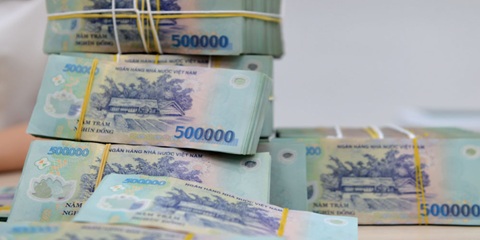
NEW ECONOMIC POLICIES EFFECTIVE THIS DECEMBER
Government Decree 304/2025, effective December 1, sets stricter conditions for seizing collateral, especially assets that are a borrower’s sole residence or essential work tools. In such cases, lenders must set aside a compensation amount equivalent to six to twelve months of minimum wage. The measure aims to improve transparency in bad debt handling and reduce credit risk in the banking system.
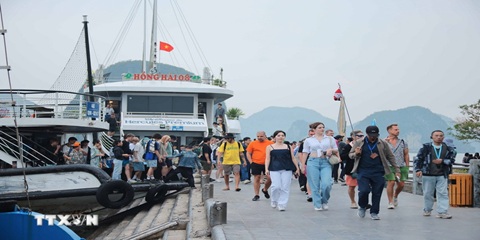
QUANG NINH TARGETS VND58 TRILLION IN TOURISM REVENUE
Quang Ninh Province is aiming to generate VND58 trillion in tourism revenue this year after surpassing its goal of 21 million visitors, driven by new tourism products, expanded nighttime activities, and large-scale events. As of mid-November 2025, Quang Ninh had welcomed 21.28 million visitors, up 12% year-on-year. Tourism revenue reached at least VND57 trillion, a 22.46% increase from the same period last year. With its visitor target achieved, the province is now pushing toward its revenue goal of VND58 trillion.
